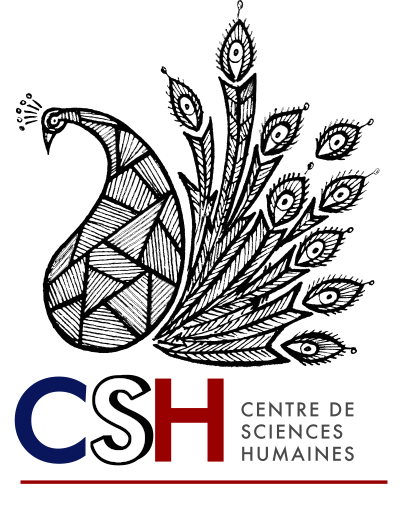MARC details
| 000 -LEADER |
|---|
| fixed length control field |
03541nam a22001577a 4500 |
| 003 - CONTROL NUMBER IDENTIFIER |
|---|
| control field |
CSH |
| 005 - DATE AND TIME OF LATEST TRANSACTION |
|---|
| control field |
20250731101108.0 |
| 008 - FIXED-LENGTH DATA ELEMENTS--GENERAL INFORMATION |
|---|
| fixed length control field |
250731b |||||||| |||| 00| 0 eng d |
| 020 ## - INTERNATIONAL STANDARD BOOK NUMBER |
|---|
| International Standard Book Number |
9788178246956 |
| 100 ## - MAIN ENTRY--PERSONAL NAME |
|---|
| Personal name |
Venkateswaran Mrinalini |
| 245 ## - TITLE STATEMENT |
|---|
| Title |
Compelled To Collect Museums and the Race for India’s National Past |
| 260 ## - PUBLICATION, DISTRIBUTION, ETC. (IMPRINT) |
|---|
| Place of publication, distribution, etc. |
New Delhi |
| Name of publisher, distributor, etc. |
Permanent Black |
| Date of publication, distribution, etc. |
2025 |
| 500 ## - GENERAL NOTE |
|---|
| General note |
As a catastrophe that uprooted millions, the partition of India has a compelling hold on South Asia and its historians. More specifically, Punjab has, as the partition’s western heartland, shaped modern India’s perception of itself in fundamental ways. Focusing on this region, Venkateswaran argues that collecting “tangible history” – relics, documents, and paintings – for museums was a crucible in which citizenship, national identity, and belonging were articulated, forged, contested, and denied in the aftermath of partition. She draws on hitherto unknown or little used archival material and connects disciplines that have seldom been linked: partition studies, South Asian museum historiography, and art history. By doing so, she offers fresh perspectives and insights into the processes that underpinned the making of India. In a period when national identities were nebulous, historic objects engendered “belonging” in all those who claimed and contested ownership over them, and those who interpreted them to reconstruct the region’s past. Such people included politicians, bureaucrats, art specialists, archaeologists, historians, museum keepers, university vice chancellors, and the ordinary public. Political actors have loomed large in South Asian history, obscuring the full range and diversity of individuals who shaped it. By foregrounding transnational networks of specialists such as archivists and art historians, this book provides depth and sophistication to reorient narratives of partition and South Asian independence. |
| 520 ## - SUMMARY, ETC. |
|---|
| Summary, etc. |
As a catastrophe that uprooted millions, the partition of India has a compelling hold on South Asia and its historians. More specifically, Punjab has, as the partition’s western heartland, shaped modern India’s perception of itself in fundamental ways. Focusing on this region, Venkateswaran argues that collecting “tangible history” – relics, documents, and paintings – for museums was a crucible in which citizenship, national identity, and belonging were articulated, forged, contested, and denied in the aftermath of partition. She draws on hitherto unknown or little used archival material and connects disciplines that have seldom been linked: partition studies, South Asian museum historiography, and art history. By doing so, she offers fresh perspectives and insights into the processes that underpinned the making of India. In a period when national identities were nebulous, historic objects engendered “belonging” in all those who claimed and contested ownership over them, and those who interpreted them to reconstruct the region’s past. Such people included politicians, bureaucrats, art specialists, archaeologists, historians, museum keepers, university vice chancellors, and the ordinary public. Political actors have loomed large in South Asian history, obscuring the full range and diversity of individuals who shaped it. By foregrounding transnational networks of specialists such as archivists and art historians, this book provides depth and sophistication to reorient narratives of partition and South Asian independence. |
| 942 ## - ADDED ENTRY ELEMENTS (KOHA) |
|---|
| Source of classification or shelving scheme |
Universal Decimal Classification |
| Koha item type |
Books |
